41 pages • 1 hour read
EuripidesHelen
Fiction | Play | Adult | BCEA modern alternative to SparkNotes and CliffsNotes, SuperSummary offers high-quality Study Guides with detailed chapter summaries and analysis of major themes, characters, and more.
Symbols & Motifs
The Phantom Helen
Euripides’s use of a phantom Helen draws on a feature of Greek legends called an eidolon (plural eidola). This idea goes back at least as far as the poet Homer, who usually depicted eidola as the spirit-shades of dead people, and it appears in numerous ancient Greek stories, most prominently with regard to the characters of Helen, Clytemnestra, and the suitors of Penelope. Stesichorus, a Sicilian poet who predated Euripides by more than a century, used the idea of the Trojan War having been sparked by an eidolon of Helen, not Helen herself. Euripides follows on this tradition (despite having placed the real Helen at Troy in some of his other plays) and shows the true Helen suffering from the infamy caused by her eidolon, which was created by Hera to subvert Aphrodite’s bribe to Paris in the events leading to the Trojan War.
In Helen, the phantom Helen never actually appears on stage, though it figures prominently throughout the first half of the play. It is the primary symbol in Euripides’s exploration of appearance versus reality, the root cause of the disjunction in how Helen is perceived versus how she really is. We learn from Menelaos’s opening 







Related Titles
By Euripides
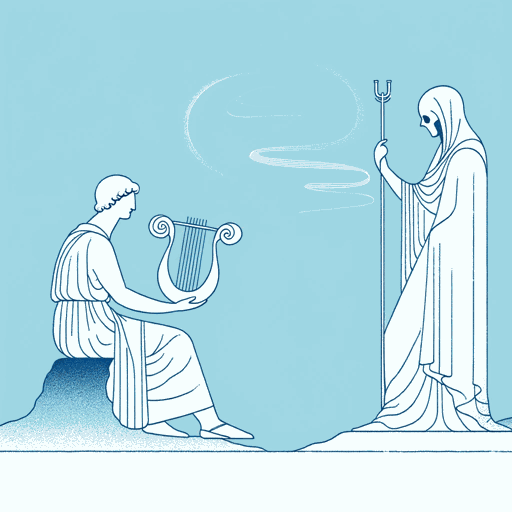
Alcestis
Euripides
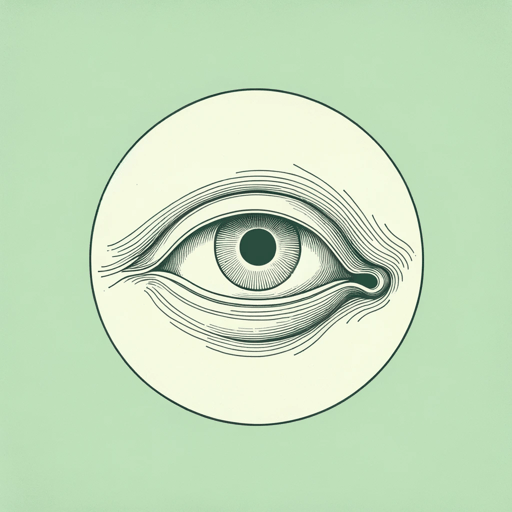
Cyclops
Euripides

Electra
Euripides
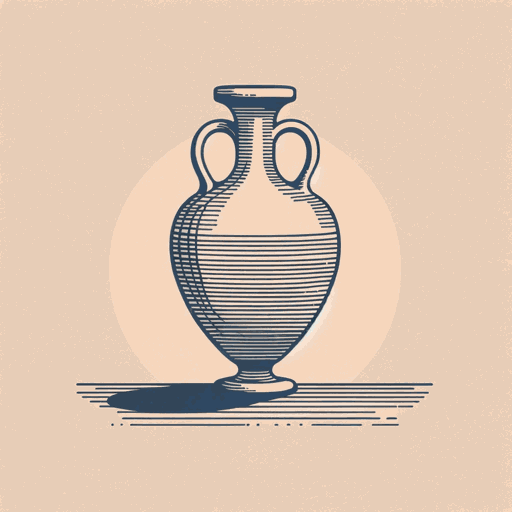
Hecuba
Euripides
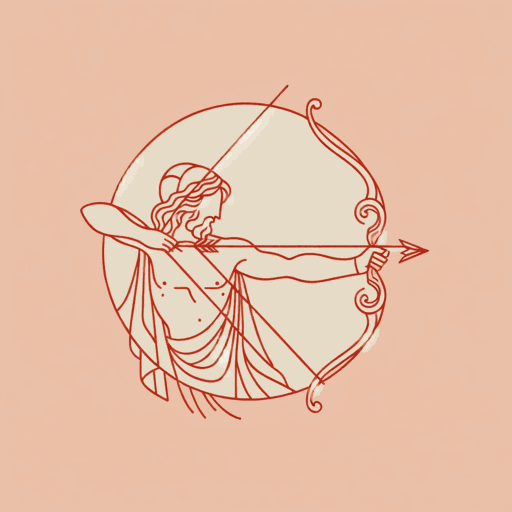
Heracles
Euripides

Hippolytus
Euripides

Ion
Ed. John C. Gilbert, Euripides

Iphigenia in Aulis
Euripides
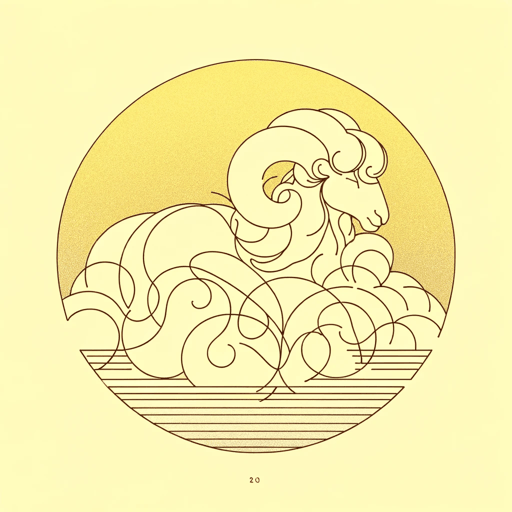
Medea
Euripides

Orestes
Euripides

The Bacchae
Euripides

Trojan Women
Euripides
